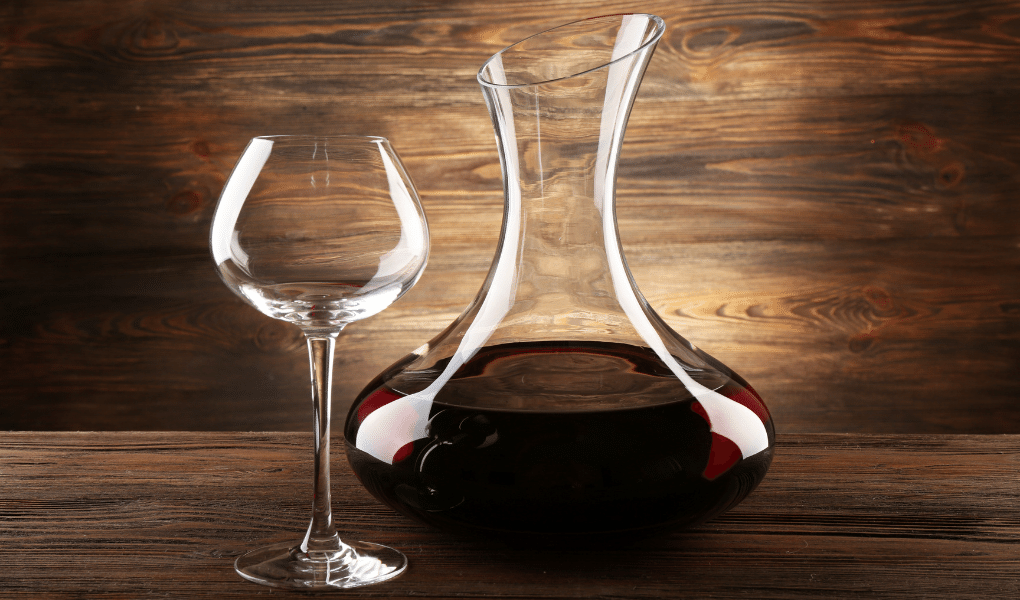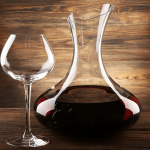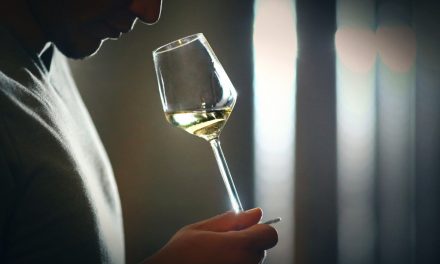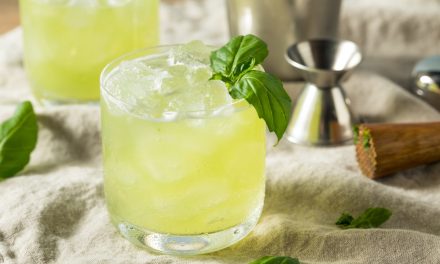Tip #44 – It’s all just for show when it comes to decanting?
We clarify
You are sitting in an elegant restaurant and at the next table you see how wine is proudly celebrated with a wine carafe. Is it all just for show or does it make sense?
In the life of a wine enthusiast should get to the root of the question with decanting, caraffing or avinieren in the course of time. We clarify and give insight into the important steps of wine enjoyment.
Decanting
Decanting separates the wine from the sediment, also called deposit. It is formed over the years that the wine lies dormant in the cellar. The bottle is slowly and carefully emptied into a decanter over a light source, usually a candle. As soon as the deposit appears in the neck of the bottle, stop the process.
For old wines, I recommend not decanting, otherwise the contact with oxygen will get out of hand and the oxidation will harm the wine.
Karaffieren
Caraffing is especially suitable for young and closed wines with a lot of tannin. Here, pour the wine into a carafe with a lot of momentum, it may quietly foam. This opens up the wine, or rather the bouquet, and the wine appears more accessible. Be careful, however, with delicate, fresh-fruited wines such as Pinot Noir. There it happens sometimes that the wine closes and the opposite occurs. Also older and matured wines should not be caraffiert, because they come into contact with too much oxygen and can tip.
But not only reds, white wines can also benefit from caraffing. Young heavy Chardonnays, Chennin Blanc, but also Bordeaux Cuvée (Sauvignon Blanc / Sémillon) developed in barrique win through air contact and the wine appears rounder.
Avinate
When avinating, the wine glass or carafe is rinsed with a small sip of wine. Detergent residues, dust or musty odors are neutralized.
Take the test for yourself and I assure you, you will want to drink wine only from avinated glasses in the future.
For more ideas visit our Tips









